USA: first exhibition of sculptures by Donatello dell'Opera del Duomo in Florence
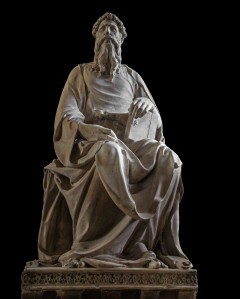 The monumental sculptures by Donatello, as well as major works by Filippo Brunelleschi, Luca della Robbia, Nanni di Banco, and other artists exhibited for the first time in the United States, in an unprecedented exhibition at the Museum of Biblical Art (Mobi) a New York City.
The monumental sculptures by Donatello, as well as major works by Filippo Brunelleschi, Luca della Robbia, Nanni di Banco, and other artists exhibited for the first time in the United States, in an unprecedented exhibition at the Museum of Biblical Art (Mobi) a New York City.
Sculpture in the Age of Donatello: Renaissance Masterpieces from Florence Cathedral (The Sculpture at the time of Donatello: Renaissance masterpieces from the Cathedral of Florence) presents 23 works that were made for the Cathedral of Florence between 1400 and the 1450, according to the original design of the architect and sculptor Arnolfo di Cambio, only partially completed. It was during this period 50 years that the titanic cathedral dome, designed by Filippo Brunelleschi, was erected, transforming the cathedral in 'architectural icon that it is today.
Organized in collaboration with the Opera di Santa Maria del Fiore and his Cathedral Museum, curata da Timothy Verdon, Director of the Museo dell'Opera, and Daniel Zolli, scholar of Donatello, The exhibition is open at the MOBIA 20 February to 14 June 2015, on the occasion of the celebrations for the 10th anniversary of the Museum.
"The Sculpture at the time of Donatello marks a transformative moment in the development of MOBIA, and a significant opportunity for New York and the national audience ", said Richard P. Townsend, director of MOBIA. "We are honored to work with the Museo dell'Opera del Duomo in Florence in this innovative exhibition, and we are grateful to President Franco Lucchesi and the Board of Directors of the Opera for making possible this initiative, Whereas, are currently in the substantial expansion of their historical museum, for the next opening to the public in the fall of 2015. As an institution committed to investigate the influence of the Bible on the deep and enduring artists of all time, the MOBIA is singularly suited to present these works involving the full range of their historical contexts, spiritual and artistic. We are pleased to celebrate the 10th anniversary of MOBIA and enter our next decade with this unique collaboration. "
"The Work is committed to bring out both the historical significance that religious masterpieces of museum. This made MOBIA an ideal partner in this effort ", said Franco Lucchesi, President of the Opera di Santa Maria del Fiore. "Most of these works have never left Italy, and it is unlikely that you will ever repeat this trip; We therefore hope that this exhibition will serve as ambassador to rediscover the experience of religious feeling through art, and to deepen the understanding of a moment in the history of our city that has deeply influenced Western culture. "
"This special show, which highlights the remarkable creativity that flourished in the first half of the 15th century in Florence, represents a precious moment of discovery in the history of art " , said Timothy Verdon, Director of the Museo dell'Opera del Duomo and the main curator of The Sculpture at the time of Donatello. "Bringing these masterpieces in the United States for their international debut will trigger a new wave of research and study in this field, and enhance our understanding of the Duomo and the relationship between these renowned artists ".
In conjunction with the exhibition, the MOBIA is organizing a series of public events, conferences, seminars and courses. These include an international symposium on Italian sculpture 15 Century, to be held on 21 February 2015, and the concert of the musical group the Sonnambula 9 April 2015 entitled "O Rosa Bella" which celebrates the Italian instrumental music of the 15th century to the regional courts and cathedrals. The list of scholars who participate in various programs include among others: Denise Allen e Peter Bell, The Metropolitan Museum of Art; Dr. Amy R. Bloch, University at Albany; Il professor Michael Cole, Columbia University; Dr. David Drogin, Fashion Institute of Technology; Dr. Sarah McHam, Rutgers University; Dr. John Paoletti, Wesleyan University; Dr. Olivia Powell, The Frick Collection; Dr. Gary Radke, Syracuse University; Dr. Veronica White, Columbia University; and Daniel Zolli, co-curator and scholar of Donatello who works at Harvard. For more information on the exhibition program, please visit the website of MOBIA www.mobia.org.
The exhibition is accompanied by a catalog published by the Museum of Biblical Art in collaboration with D Giles Limited, London. Edited by Timothy Verdon and Daniel Zolli, publication contains contributions essays of the same curators, as well as other scholars of the early Renaissance Amy R. Bloch and Stephen Nicastri and soprintendete Opificio delle Pietre Dure, Marco Ciatti. Photos by Antonio Quattrone.
The Museum of Biblical Art (Mobi) is an independent non-profit art that examines the influence of the Bible on the visual tradition and Western artists of the historical past to the present day. The Museum offers a secular perspective on the central role of the Bible in art history and looks to the impact that this text has on artistic practice is in the usual way that surprising. The MOBIA is all-inclusive and non-sectarian, inviting visitors of all beliefs and points of view to participate in its programs and to engage proposing ideas in an intersection of various disciplines, ranging from aesthetics to the cultural history of religious studies.
The MOBIA, founded in 2005, is a museum that does not have a permanent collection, but organizes innovative exhibitions; conducts rigorous research studies; promotes investigations initiated; and presents public programs involving prominent academics, Educators, writers, and religious leaders and intellectuals.
The main works on display:
· The Evangelist John (St. John the Evangelist), Donatello, a monumental marble figure, Weight 1.600 pounds carved for the facade of the Duomo between 1408 and 1415. He was an inspiration for Michelangelo's Moses a century later; San Giovanni, sitting, is depicted as a bearded man in the phase of aging, and was originally placed on the right side of the main door of the cathedral to accommodate those entering. This is the first large-scale work of Donatello and never left before Florence.
· The Evangelist Luke (San Luca), Nanni di Banco, Comrade John the Evangelist, that originally flanked on the left side of the main entrance to the Cathedral and that was a counterpoint to the statue by Donatello. The Sculpture at the time of Donatello allow visitors to view the works in contemporary, illustrating different styles and interpretations of the two masters for the figures of the Evangelists. Nanni di Banco was the main rival of Donatello, and recreating the spatial relationship between the two works, the installation of the exhibition will illustrate the antagonism between young artists.
· The prophet Habakkuk (What Zuccone), Donatello, one of the most famous sculptures of the artist, was created during a particularly productive period of his career. The startling realism of the figure and the burning gaze convey a sense of urgency and power that evokes the classic Roman prototypes, and was created to fill a niche of high bell tower of the Cathedral. This work has been written shortly after the untimely death of Nanni di Banco in 1422, at which point he became the only great sculptor Donatello marble in Florence.
· Wooden model of the dome of Florence Cathedral, Filippo Brunelleschi, designed for its submission to the Commission of the Works of the Cathedral to illustrate the structural relationship between the monumental dome and the existing structures of the Cathedral. The model is four feet tall and can be opened to illustrate the immense volume that would create the dome. The ingenious design of Brunelleschi remains a milestone in the history of Western architecture, and the apex architectural innovation during this period.
· Bronze heads of the Choir, Donatello and Michelozzo, two bronze heads recently restored created for the choir, or pulpit for musicians, Donatello had previously made for the Cathedral in 1430. Michelozzo was one of the regular contributors to Donatello, and these works evoke the art greek-Roman Hellenistic period, demonstrating the interest of both the artists for the antiquity, a passion that spread among artists and patrons of the Renaissance. The tests, which are generally installed in their intended position high above the viewer in the Museo dell'Opera del Duomo, will be placed for closer viewing for the first time to MOBIA.
· Philosophy (Plato and Aristotle, or Logic and Dialectic and Philosophy) Luca della Robbia, one of the four hexagonal reliefs created to decorate the outside of the bell tower of the Cathedral. Luca della Robbia was commissioned to complete a series of reliefs, depicting the human arts and crafts. The works in the exhibition focus on intellectual and creative activities, rather than on religious subjects, reflecting the impact of the period of Humanism, during which they were created. The three reliefs in the exhibition represent: two philosophers engaged in a dynamic discussion, a grammar lesson in a room of a Renaissance school, and Orpheus playing the lute.
Cecilia Latches
By the number 53 - Year II 25/02/2015

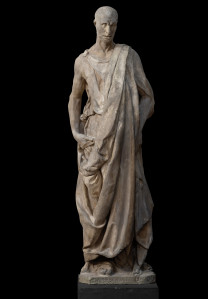
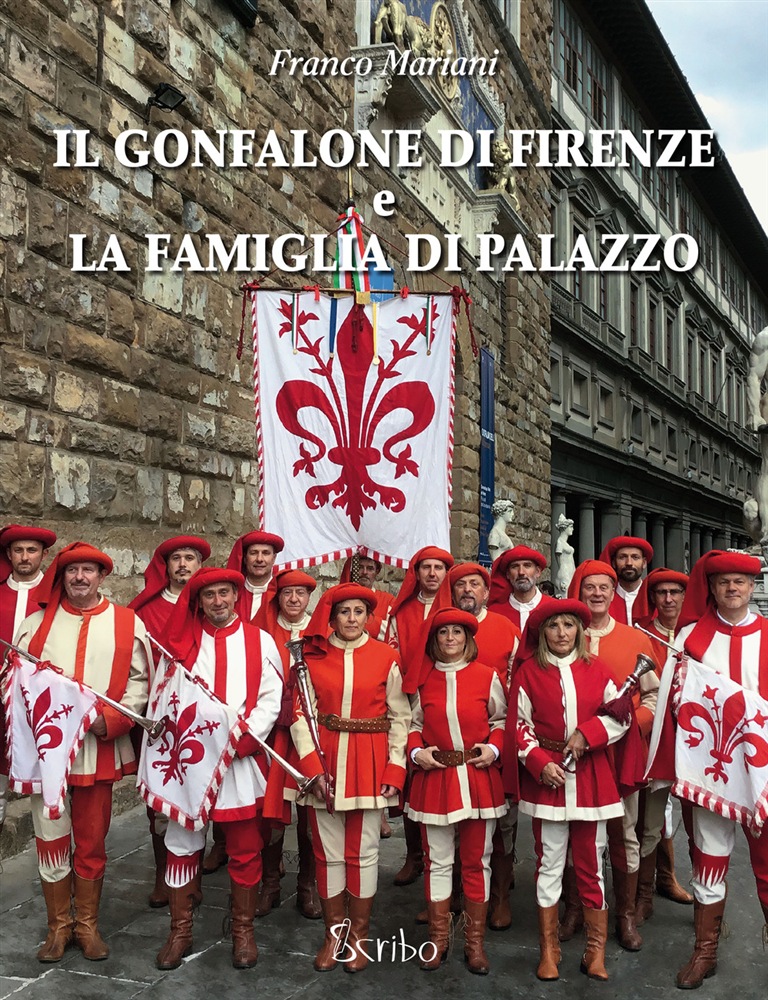

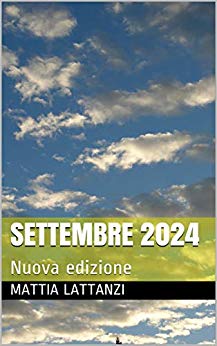


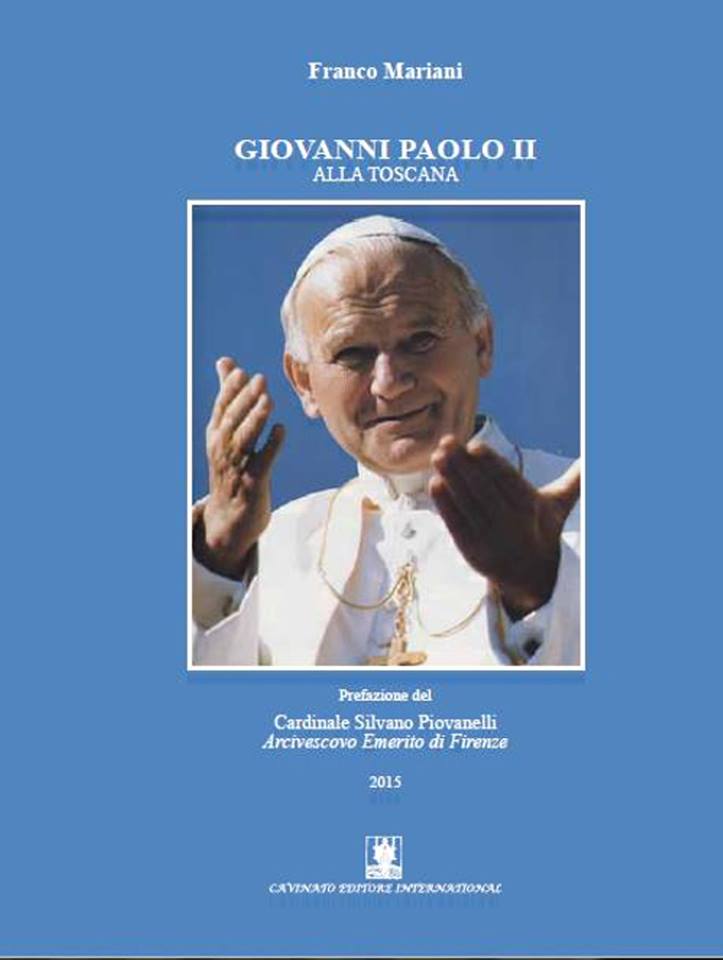
Follow Us!